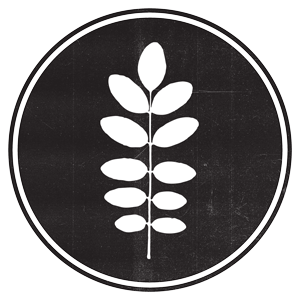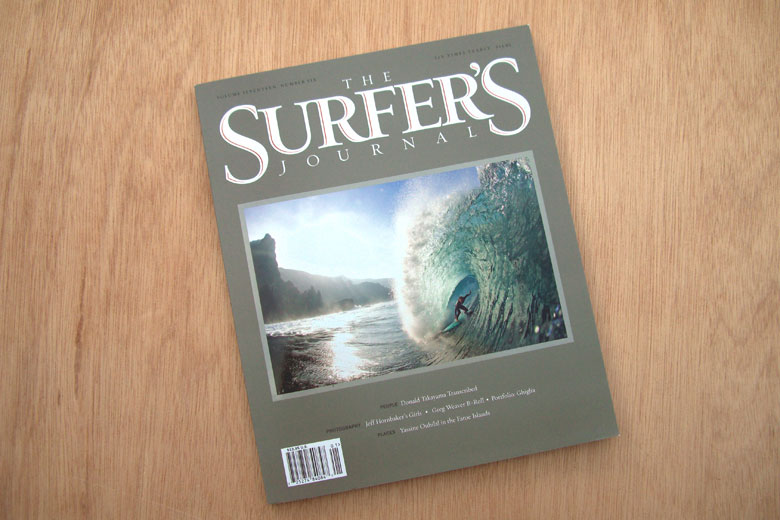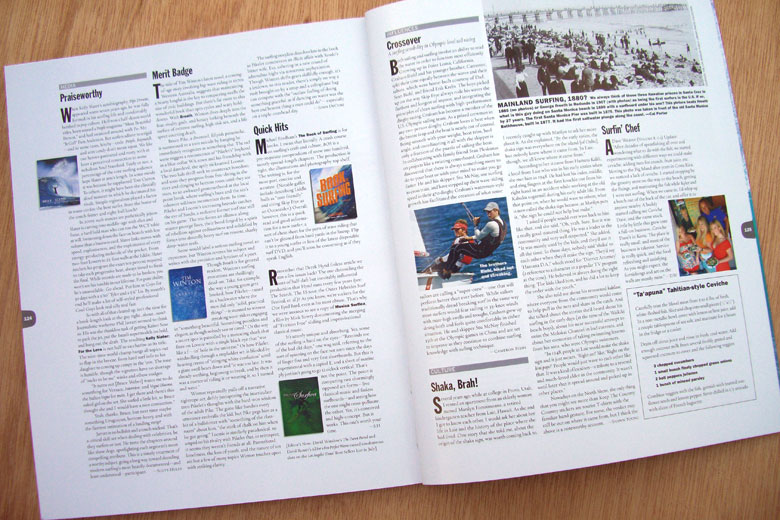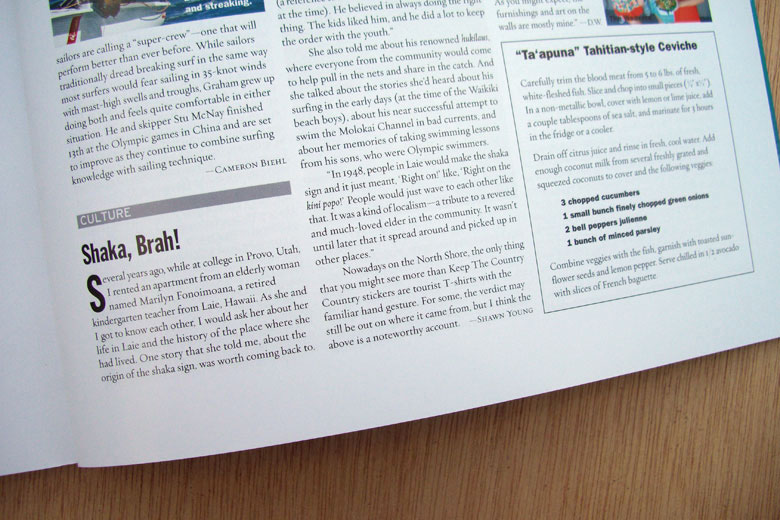Shaka, Brah!
Several years ago, while at college in Provo, Utah, I rented an apartment from an elderly woman named Marilyn Fonoimoana, a retired kindergarten teacher from Laie, Hawaii. As she and I got to know each other, I would ask her about her life in Laie and the history of the place where she had lived. One story that she told me, about the origin of the shaka sign, was worth coming back to.
I recently caught up with Marilyn to ask her more about it. As she explained, “By the early 1960s, the shaka sign was everywhere on the island [of Oahu], but nobody knew where it came from. In Laie, though, we all knew where it came from.”
According to her, where it came from was Hamana Kalili, a local from Laie who was in his early 60s when she met him in 1948. He had lost his index, middle, and ring fingers at the first knuckle out from his right hand in an accident while working at the old Kahuku sugar mill during his early adult life. From that point on, when he would wave to others, what is now called the shaka sign became, as Marilyn puts it, “the sign he could not help but make.”
I asked if people would ever wave back to him like that, and she said, “Oh, yeah. Sure. But it was a really good-natured thing. He was a leader in the community and very well respected.” She added, “It was mostly used by the kids, and they'd use it all the time. In those days, nobody said ‘shaka’ to each other when they'd make the sign. They'd say ‘Hamana D.A.!’ which stood for ‘District Attorney’ (a reference to a character in a popular TV program at the time). He believed in always doing the right thing. The kids liked him, and he did a lot to keep the order with the youth.”
She also told me about his renowned hukilaus, where everyone from the community would come to help pull in the nets and share in the catch. And she talked about the stories she‘d heard about his surfing back in the early days (at the time of the Waikiki beach boys), about his near successful attempt to swim the Molokai channel in bad currents, and about her memories of taking swimming lessons from his sons, who were Olympic swimmers.
“In 1948, people in Laie would make the shaka sign and it just meant, ‘Right on!’ like, ‘Right on the kini popo!’ People would just wave to each other like that. It was a kind of localism—a tribute to a revered and much-loved elder in the community. It wasn't until later that it spread around and picked up in other places.”
Nowadays on the North Shore, the only thing that you might see more than Keep The Country Country stickers are tourist t-shirts with the familiar hand gesture. For some, the verdict may still be out on where it came from, but I think the above is a noteworthy account.
– Shawn Young



